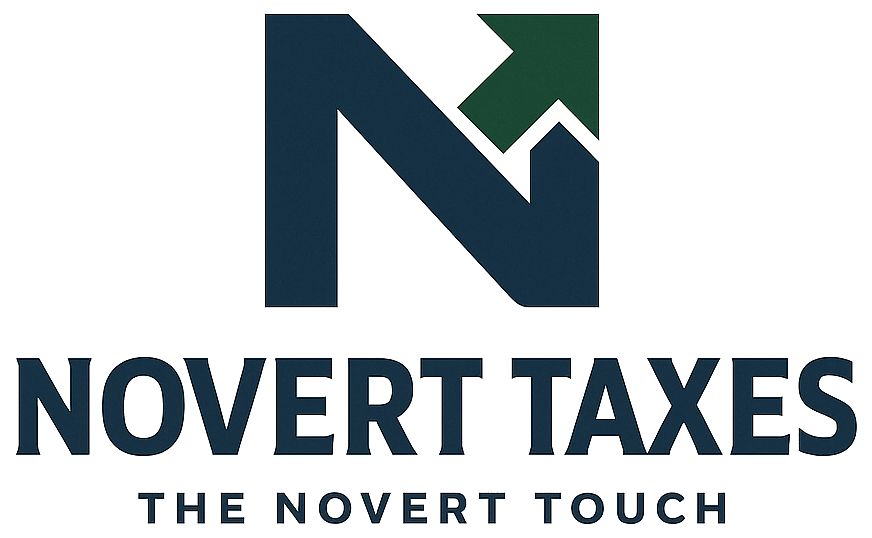Reducing your taxable income is one of the smartest ways to keep more of what you earn—and the good news is, there are plenty of legal strategies to help you do just that. Whether you’re an employee, freelancer, or somewhere in between, this guide breaks down simple yet powerful ways to lower your taxable income and maximize your tax return.
🛡️ 1. Contribute to Tax-Advantaged Retirement Accounts
One of the easiest and most effective ways to reduce your taxable income is by contributing to retirement plans:
-
401(k) or 403(b): Contributions are made pre-tax, reducing your income dollar-for-dollar.
-
Traditional IRA: You may qualify for a deduction depending on your income and whether you’re covered by a retirement plan at work.
-
SEP IRA (for self-employed): Allows higher contribution limits than traditional IRAs.
Tip: For 2025, you can contribute up to $23,000 to a 401(k) (or $30,000 if you’re 50 or older).
🏥 2. Take Advantage of HSA or FSA Contributions
Health Savings Accounts (HSAs) and Flexible Spending Accounts (FSAs) let you pay for medical expenses using pre-tax dollars.
-
HSA: Available if you have a high-deductible health plan. Contributions are tax-deductible, grow tax-free, and can be withdrawn tax-free for medical expenses.
-
FSA: Offered through many employers for medical or dependent care expenses.
Pro Tip: HSA contributions also roll over year to year, unlike FSAs.
💵 3. Use Above-the-Line Deductions
These deductions are available regardless of whether you itemize:
-
Student loan interest (up to $2,500)
-
Educator expenses (for teachers)
-
Self-employment tax and health insurance
-
IRA contributions
-
Alimony payments (for divorces finalized before 2019)
These reduce your adjusted gross income (AGI)—which is used to determine eligibility for many other tax benefits.
🏠 4. Deduct Mortgage Interest and Property Taxes
If you own a home, you may benefit from itemizing deductions:
-
Mortgage interest on loans up to $750,000
-
Property taxes, up to $10,000 combined with state/local income or sales taxes
If your itemized deductions exceed the standard deduction, you’ll lower your taxable income significantly.
🎓 5. Claim Education-Related Credits and Deductions
If you’re paying for college or repaying loans, there are tax breaks available:
-
American Opportunity Tax Credit (AOTC): Worth up to $2,500 per student
-
Lifetime Learning Credit: Up to $2,000 per return
-
Student loan interest deduction: Up to $2,500, even if you don’t itemize
Note: Income limits apply, so check current IRS thresholds.
🤝 6. Donate to Qualified Charities
Donations to 501(c)(3) nonprofits can be deducted if you itemize:
-
Cash, checks, and online donations
-
Donated goods (clothes, furniture, etc.)
-
Volunteer-related expenses (travel or supplies)
Be sure to get a receipt for anything over $250 and consider donor-advised funds for larger giving.
📅 7. Maximize Business Expenses (Self-Employed)
If you’re a freelancer, contractor, or side hustler, you can write off:
-
Business use of home
-
Office supplies and software
-
Internet and phone used for business
-
Travel and meals (partial deduction)
Keep detailed records and use apps like QuickBooks or Wave to track expenses year-round.
🧠 Conclusion: Plan Ahead and Save More
Lowering your taxable income doesn’t require complicated strategies—it just takes planning. By using tax-advantaged accounts, maximizing deductions, and staying organized, you can dramatically reduce your tax burden and grow your wealth.
Need help building a tax plan that works for you? [Schedule a consultation with our team] today. Let’s find every opportunity to save you money—legally, ethically, and confidently.
